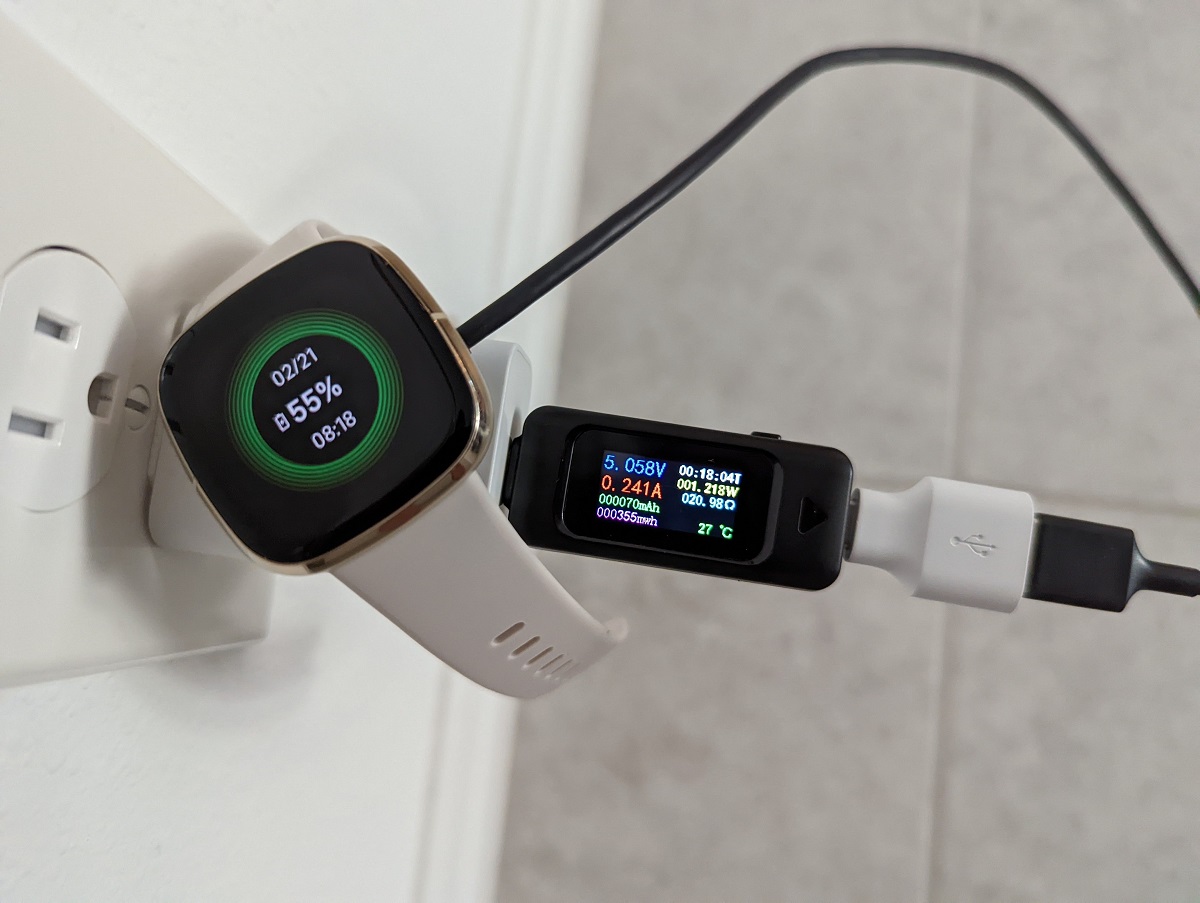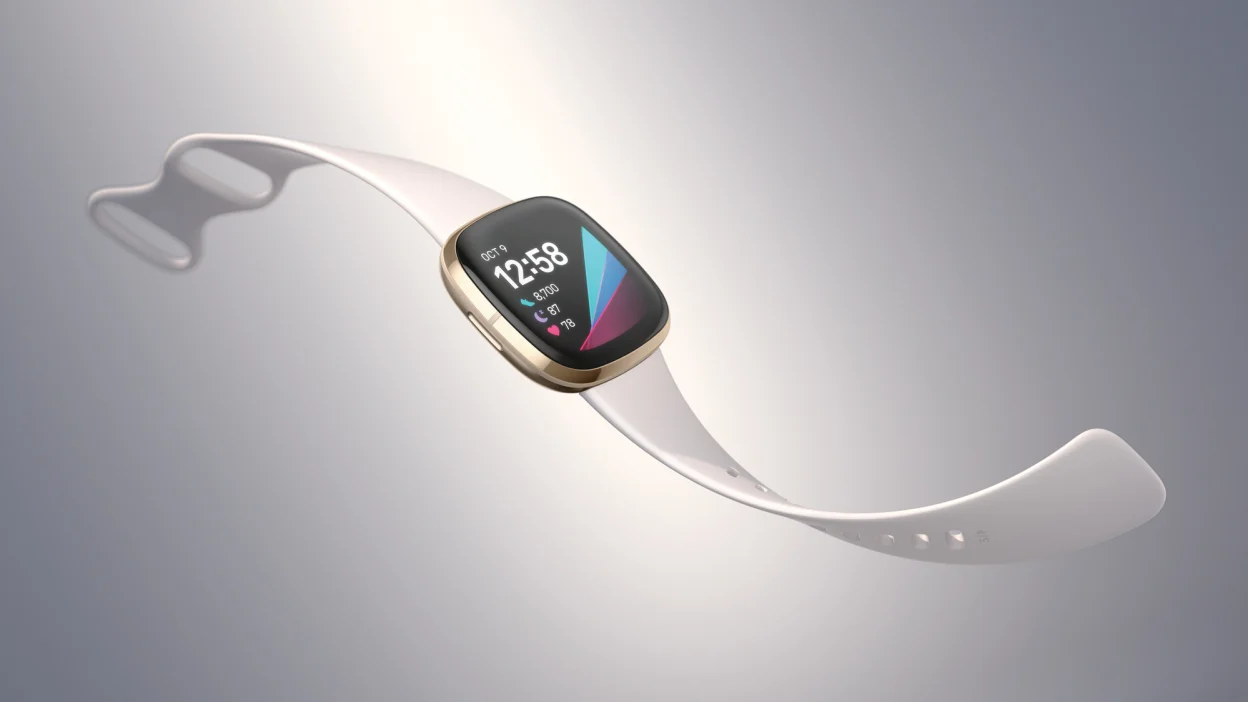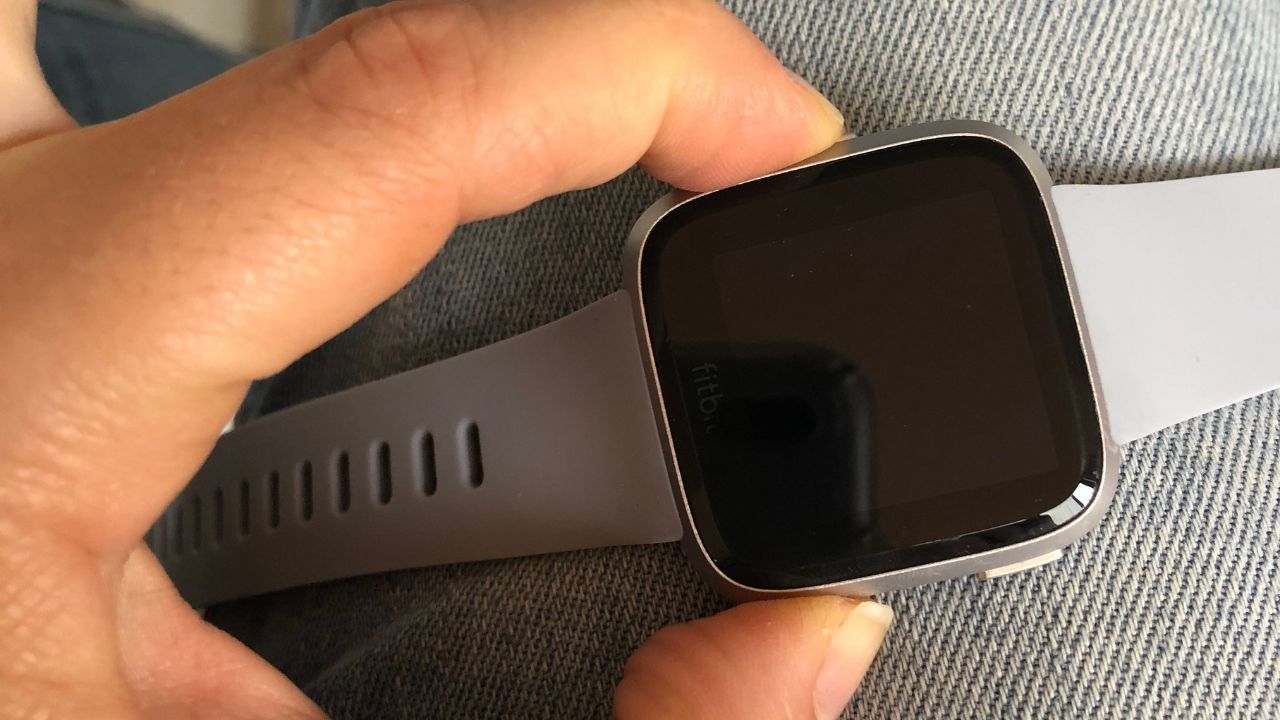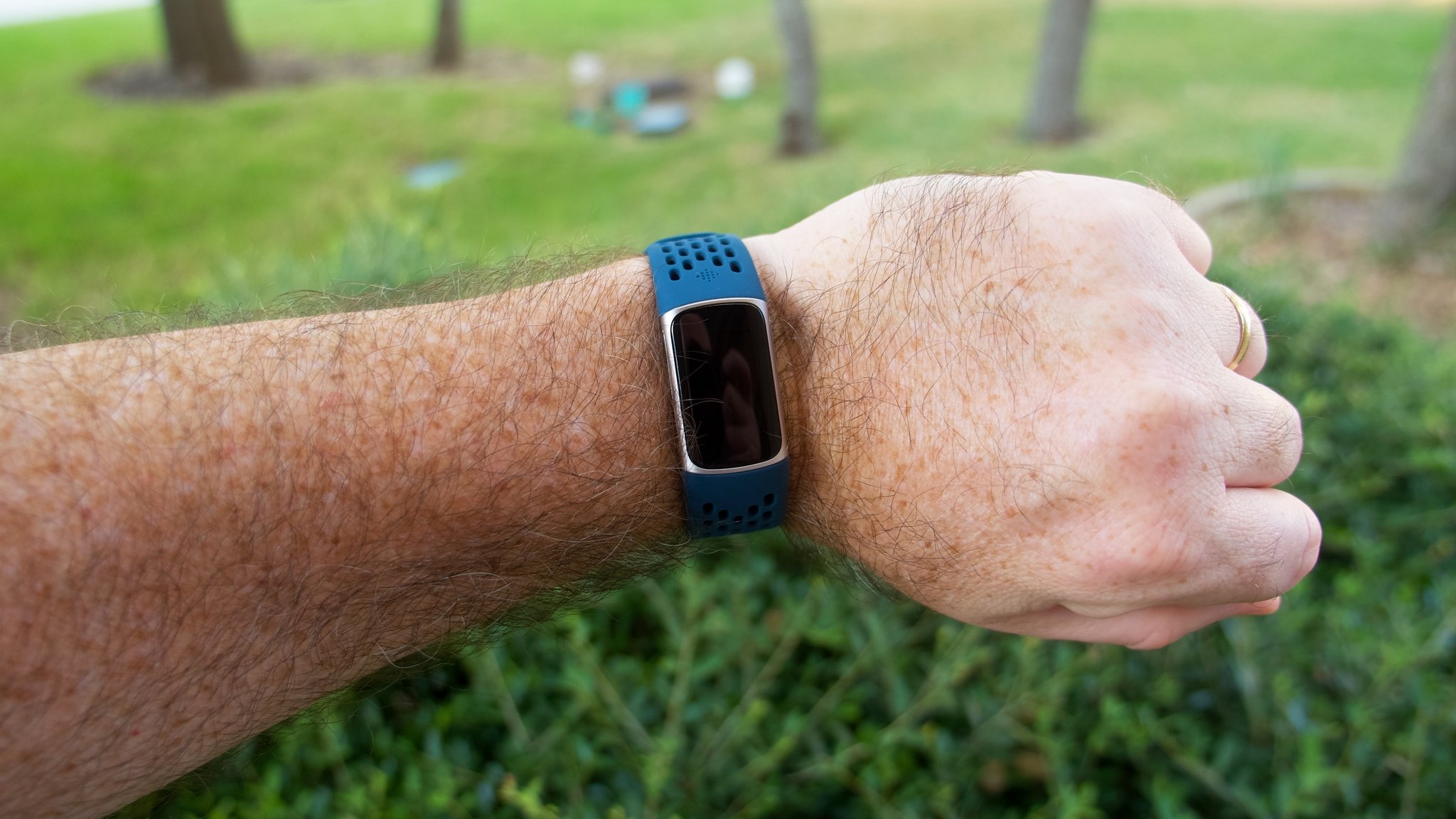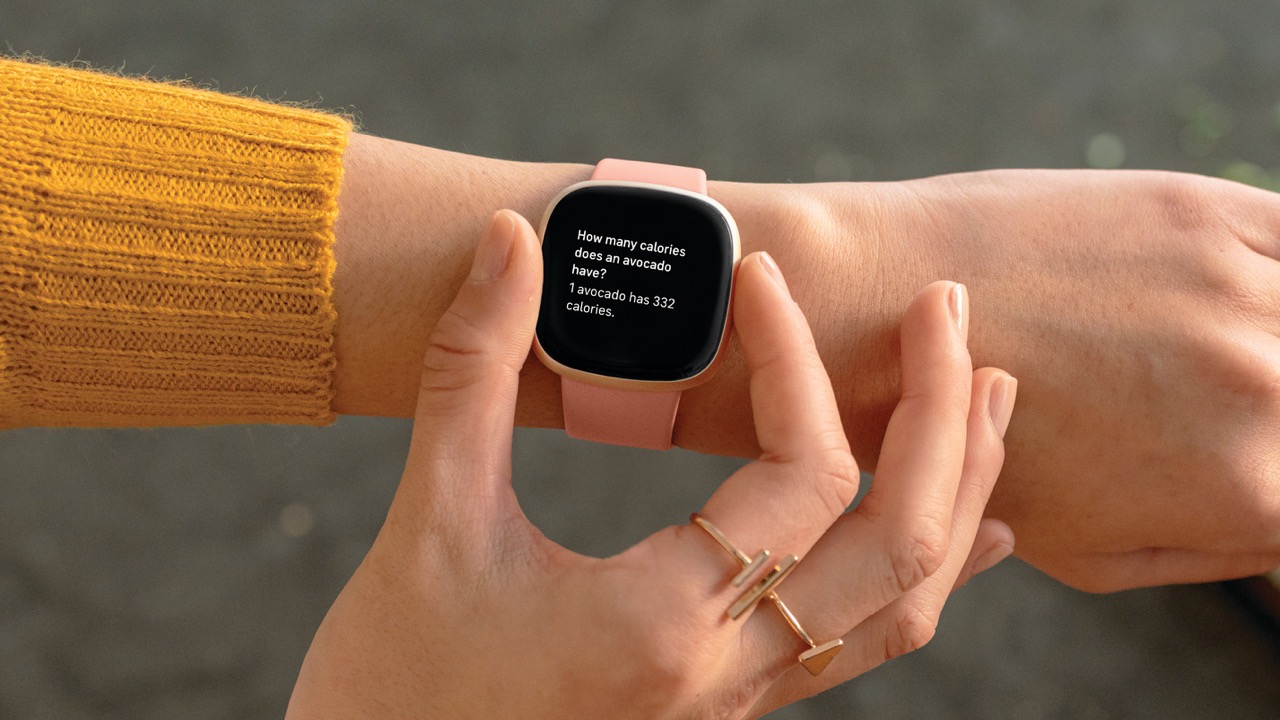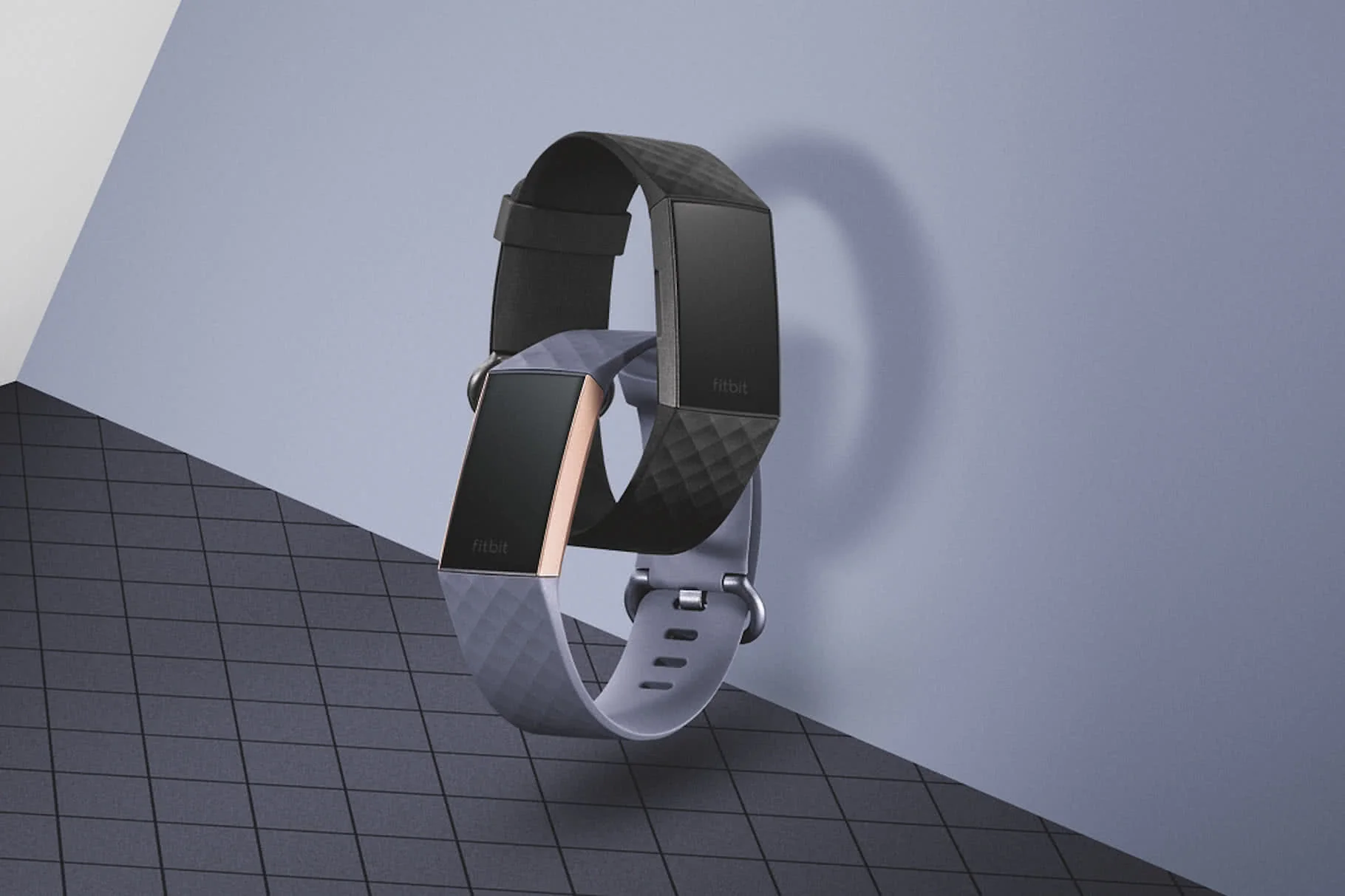Introduction
Sleep is a fundamental aspect of our well-being, influencing our physical health, mental acuity, and overall quality of life. In the modern age, where technology seamlessly integrates into our daily routines, wearable devices have emerged as invaluable tools for monitoring and optimizing sleep patterns. Among these, Fitbit stands out as a popular choice, offering users the ability to track their sleep with precision and convenience.
As individuals strive to gain deeper insights into their sleep habits, they often turn to their Fitbit devices for reliable data and actionable recommendations. However, despite the advanced technology packed into these devices, users may encounter occasional challenges with sleep tracking. These issues can range from inaccurate data to discrepancies in sleep stage detection, leading to frustration and a diminished user experience.
In this article, we will delve into the nuances of sleep tracking on Fitbit devices, exploring the common issues that users may encounter and providing effective troubleshooting strategies. By understanding the intricacies of sleep tracking and learning how to address potential hurdles, users can harness the full potential of their Fitbit devices to attain a more comprehensive understanding of their sleep patterns.
Join us as we navigate through the realm of sleep tracking woes, arming you with the knowledge and strategies needed to overcome challenges and optimize your sleep tracking experience with Fitbit. Let's embark on this journey to unravel the mysteries of sleep tracking and pave the way for restful nights and rejuvenated mornings.
Understanding Sleep Tracking on Fitbit
Sleep tracking on Fitbit devices is a sophisticated feature designed to provide users with comprehensive insights into their sleep patterns. By leveraging a combination of advanced sensors and algorithms, Fitbit devices can monitor various aspects of sleep, including duration, quality, and different sleep stages. These stages typically encompass light sleep, deep sleep, REM (rapid eye movement) sleep, and periods of wakefulness.
Fitbit devices utilize a combination of movement patterns and heart rate variability to discern these sleep stages, offering users a detailed breakdown of their night's rest. The accelerometer within the device detects movements, which, when analyzed alongside heart rate fluctuations, enables the device to differentiate between different sleep stages with a high degree of accuracy.
Moreover, Fitbit's sleep tracking feature provides users with a holistic view of their sleep by considering factors such as bedtime, wake-up time, and the duration of each sleep stage. This comprehensive approach allows users to gain a deeper understanding of their sleep architecture, empowering them to make informed decisions to improve their sleep quality.
Fitbit's sleep tracking feature also offers the convenience of automatic sleep detection, eliminating the need for manual activation. Once the user falls asleep, the device seamlessly begins tracking their sleep, ensuring a seamless and effortless experience.
In addition to monitoring sleep stages, Fitbit devices also analyze sleep trends over time, enabling users to identify patterns and fluctuations in their sleep quality. This long-term view of sleep data can be instrumental in recognizing factors that may impact sleep, such as stress, physical activity, or environmental influences.
By comprehending the intricacies of sleep tracking on Fitbit devices, users can harness this technology to gain valuable insights into their sleep patterns and make informed lifestyle adjustments to enhance their overall well-being. With a firm grasp of how sleep tracking functions on Fitbit devices, users can effectively interpret the data provided and take proactive steps to optimize their sleep quality.
Understanding the underlying mechanisms of sleep tracking on Fitbit devices lays the foundation for addressing potential issues and maximizing the benefits of this innovative feature. As we proceed, we will delve into the common challenges that users may encounter with sleep tracking and explore effective troubleshooting strategies to overcome these hurdles.
Common Sleep Tracking Issues
Despite the advanced technology integrated into Fitbit devices, users may encounter common issues related to sleep tracking. These issues can impact the accuracy and reliability of sleep data, potentially leading to frustration and a skewed understanding of one's sleep patterns. It is crucial to recognize these common sleep tracking issues to effectively troubleshoot and optimize the sleep tracking experience.
Inaccurate Sleep Duration and Patterns
One prevalent issue that users may encounter pertains to inaccurate sleep duration and patterns. Fitbit devices rely on movement patterns and heart rate variability to discern sleep stages and duration. However, factors such as restless movements or irregular heart rate readings can occasionally lead to discrepancies in the recorded sleep duration and the identification of specific sleep stages. As a result, users may receive misleading data regarding the actual time spent in different sleep stages, potentially impacting their understanding of sleep quality.
Missed Sleep Episodes
Another common issue involves missed sleep episodes, where the device fails to detect periods of sleep or erroneously categorizes them as wakeful moments. This can occur due to minimal movement during sleep, leading the device to interpret the lack of significant activity as wakefulness rather than sleep. Consequently, users may notice gaps in their sleep data, hindering their ability to gain a comprehensive overview of their sleep patterns.
Inconsistent Sleep Stage Detection
Fitbit devices aim to differentiate between various sleep stages, including light sleep, deep sleep, and REM sleep, to provide users with a detailed breakdown of their night's rest. However, users may encounter inconsistencies in sleep stage detection, where certain stages are inaccurately identified or missed entirely. This can impact the overall interpretation of sleep quality and hinder the ability to make informed adjustments to improve sleep patterns.
Environmental Interference
External factors, such as ambient noise, temperature fluctuations, or partner movements, can introduce environmental interference that affects the device's ability to accurately track sleep. These interferences may lead to distorted sleep data, making it challenging for users to discern their actual sleep patterns from the external influences captured by the device.
Device Placement and Fit
The placement of the Fitbit device on the wrist and its fit can also influence the accuracy of sleep tracking. If the device is worn too loosely or tightly, it may affect the readings obtained from the sensors, potentially leading to compromised sleep tracking data.
By acknowledging these common sleep tracking issues, users can proactively address these challenges and implement effective troubleshooting strategies to enhance the accuracy and reliability of sleep data captured by their Fitbit devices. The subsequent section will delve into actionable strategies for troubleshooting sleep tracking issues, empowering users to optimize their sleep tracking experience and gain valuable insights into their sleep patterns.
Troubleshooting Sleep Issues
Addressing common sleep tracking issues on Fitbit devices necessitates a proactive approach to troubleshooting potential hurdles and optimizing the accuracy of sleep data. By implementing effective strategies, users can mitigate the impact of these issues and attain a more comprehensive understanding of their sleep patterns. Here are actionable troubleshooting methods to tackle common sleep tracking issues:
Ensure Proper Device Placement and Fit
The first step in troubleshooting sleep tracking issues involves verifying the proper placement and fit of the Fitbit device. Ensuring that the device is snugly yet comfortably positioned on the wrist can significantly enhance the accuracy of sleep tracking. A secure fit minimizes movement-related discrepancies and promotes consistent sensor readings, thereby contributing to more precise sleep data.
Calibrate Sleep Settings
Fitbit devices offer customizable sleep settings that allow users to fine-tune their sleep tracking preferences. Reviewing and adjusting these settings, such as the sensitivity of motion detection or heart rate tracking during sleep, can optimize the device's ability to accurately capture sleep patterns. Calibration of these settings aligns the device with individual sleep behaviors, enhancing the overall reliability of sleep data.
Minimize Environmental Interference
To mitigate the impact of environmental interference on sleep tracking, users can create an optimal sleep environment. This may involve reducing ambient noise, regulating room temperature, and minimizing external factors that could disrupt the device's sleep tracking capabilities. By fostering a conducive sleep environment, users can minimize external influences and improve the accuracy of sleep data captured by their Fitbit devices.
Regular Device Maintenance and Updates
Regular maintenance of the Fitbit device, including software updates and sensor maintenance, is crucial for optimal sleep tracking performance. Ensuring that the device's firmware is up to date and the sensors are clean and functional can significantly enhance the device's ability to accurately monitor sleep patterns. By staying proactive with device maintenance, users can minimize potential technical issues that may affect sleep tracking.
Leverage Sleep Feedback and Adjustments
Fitbit devices offer valuable sleep feedback and insights, empowering users to make informed adjustments to their sleep habits. By leveraging this feedback and making gradual lifestyle changes, such as adjusting bedtime routines or sleep environment modifications, users can proactively address sleep tracking issues. This iterative approach allows users to refine their sleep habits and optimize the accuracy of sleep data over time.
By implementing these troubleshooting strategies, users can effectively address common sleep tracking issues and optimize the accuracy and reliability of sleep data captured by their Fitbit devices. This proactive approach empowers users to gain deeper insights into their sleep patterns and make informed adjustments to enhance overall sleep quality.
These strategies serve as valuable tools for users seeking to overcome sleep tracking challenges and harness the full potential of their Fitbit devices to attain a more comprehensive understanding of their sleep patterns. With a proactive mindset and a strategic approach to troubleshooting, users can unlock the transformative benefits of accurate and insightful sleep tracking on their Fitbit devices.
Tips for Improving Sleep Tracking Accuracy
Enhancing the accuracy of sleep tracking on Fitbit devices is paramount for gaining meaningful insights into one's sleep patterns. By implementing targeted strategies and embracing best practices, users can optimize the precision and reliability of their sleep data, paving the way for a more comprehensive understanding of their sleep quality.
Consistent Device Charging
Ensuring that the Fitbit device is adequately charged before bedtime is essential for uninterrupted sleep tracking. A fully charged device maintains consistent monitoring throughout the night, minimizing potential gaps in sleep data due to low battery levels.
Establish a Bedtime Routine
Establishing a consistent bedtime routine not only promotes better sleep but also enhances the accuracy of sleep tracking. By adhering to a regular sleep schedule, the Fitbit device can adapt to the user's sleep patterns, resulting in more reliable data and insights.
Optimize Sleep Environment
Creating an optimal sleep environment, characterized by comfortable bedding, minimal light and noise, and a moderate room temperature, can significantly improve the accuracy of sleep tracking. By minimizing external factors that may interfere with sleep, users can ensure that the device captures their true sleep patterns.
Wear the Device Snugly
Wearing the Fitbit device snugly on the wrist, without being too tight or loose, is crucial for precise sleep tracking. A secure fit minimizes movement-related discrepancies and ensures consistent sensor readings, contributing to more accurate sleep data.
Leverage Sleep Notes
Fitbit's sleep notes feature allows users to input additional details about their sleep, such as caffeine consumption, stress levels, or specific sleep disturbances. Leveraging this feature provides contextual information that can aid in interpreting sleep data and identifying factors that may influence sleep quality.
Regular Data Review
Regularly reviewing sleep data and trends on the Fitbit app enables users to identify patterns and fluctuations in their sleep quality. This proactive approach allows for the detection of anomalies or inconsistencies, prompting users to implement targeted adjustments for improved sleep tracking accuracy.
By incorporating these tips into their sleep routines and device usage, users can proactively enhance the accuracy and reliability of sleep tracking on their Fitbit devices. These strategies, combined with a consistent and mindful approach to sleep, empower users to gain deeper insights into their sleep patterns and make informed decisions to optimize their overall sleep quality.
Conclusion
In conclusion, the journey through the realm of sleep tracking on Fitbit devices has provided valuable insights into the intricacies of monitoring and optimizing sleep patterns. As users navigate the landscape of sleep tracking, it becomes evident that while Fitbit devices offer advanced technology to capture and analyze sleep data, common issues may arise, impacting the accuracy and reliability of the information provided.
By understanding the underlying mechanisms of sleep tracking and recognizing common challenges such as inaccurate sleep duration, missed sleep episodes, inconsistent sleep stage detection, environmental interference, and device placement issues, users can proactively address these hurdles. The implementation of effective troubleshooting strategies, including ensuring proper device placement and fit, calibrating sleep settings, minimizing environmental interference, performing regular device maintenance, and leveraging sleep feedback and adjustments, empowers users to optimize the accuracy of their sleep data.
Moreover, embracing best practices for improving sleep tracking accuracy, such as consistent device charging, establishing a bedtime routine, optimizing the sleep environment, wearing the device snugly, leveraging sleep notes, and regularly reviewing sleep data, enables users to take a proactive approach towards enhancing the precision and reliability of their sleep tracking experience.
By integrating these strategies and best practices into their daily routines, users can harness the full potential of their Fitbit devices, gaining comprehensive insights into their sleep patterns and making informed lifestyle adjustments to optimize their overall sleep quality.
As the journey culminates, users are equipped with the knowledge and tools needed to navigate through sleep tracking woes, transforming potential challenges into opportunities for enhanced sleep tracking accuracy and a deeper understanding of their sleep patterns. With a proactive mindset and a strategic approach to troubleshooting, users can unlock the transformative benefits of accurate and insightful sleep tracking on their Fitbit devices, paving the way for restful nights and rejuvenated mornings.
In essence, the realm of sleep tracking on Fitbit devices transcends mere data collection; it embodies a journey towards holistic well-being, where users can leverage technology to gain profound insights into their sleep and embark on a path towards enhanced vitality and overall wellness.









